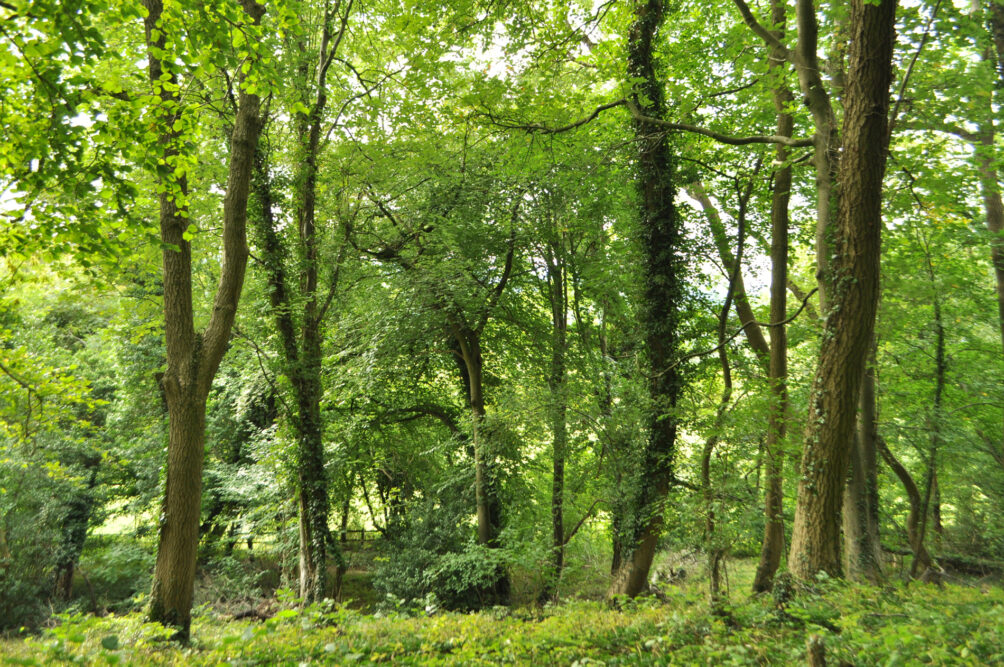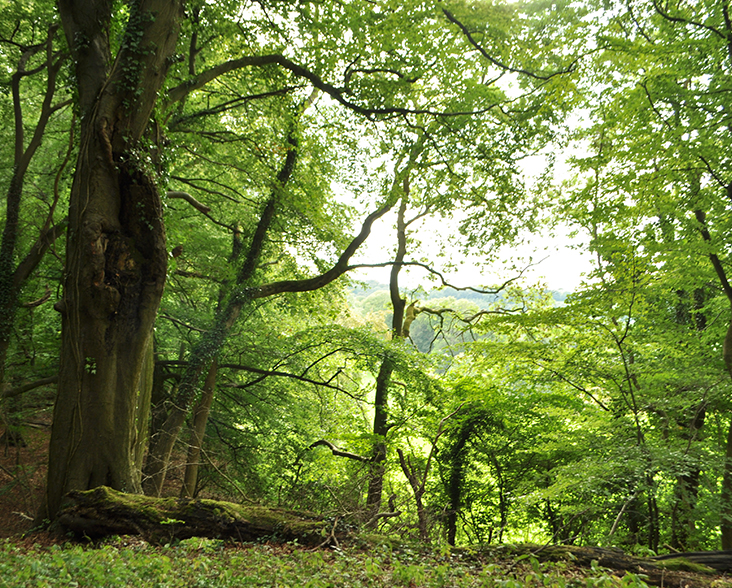KITES HILLOccupying former farmland on a hilltop just a few miles from the city of Gloucester, Kites Hill is the only reserve that WLT owns directly. In 1999, Jane Pointer donated the reserve’s 19.2 ha to WLT so that it would be protected in her lifetime, an act of generosity that set off decades of conservation work.
Entrusted with Jane’s living legacy, we at WLT have spent decades managing Kites Hill through the maintenance of woodland areas, the boosting of grassland floral diversity, and other conservation work. A local farmer has been helping us manage pastures through conservation-friendly grazing, while The Conservation Volunteers have been handling monitoring, and the Gloucestershire Wildlife Trust have been assisting with site management and local guidance.
All this work is helping to preserve the westernmost blocks of Asperulo-Fagetum beech forests in the UK, and some of the last 5% of limestone grasslands not to have been ploughed, reseeded or fertilised in the Cotswolds. This is habitat for 200+ plant species (including four orchids) and 200+ invertebrate species, over 40 bird species, and 12 mammal species including fox, badger and deer.
Kites Hill is part of the Cotswolds Area of Outstanding Natural Beauty, the Cotswold Commons and Beechwoods National Nature Reserve, the Cotswold Beechwoods Special Area of Conservation, and the Cotswold Commons and Beechwoods Site of Special Scientific Interest. If you’d like to discover the impact of Jane Pointer’s living legacy for yourself, you can click here to find the reserve on Google Maps.


